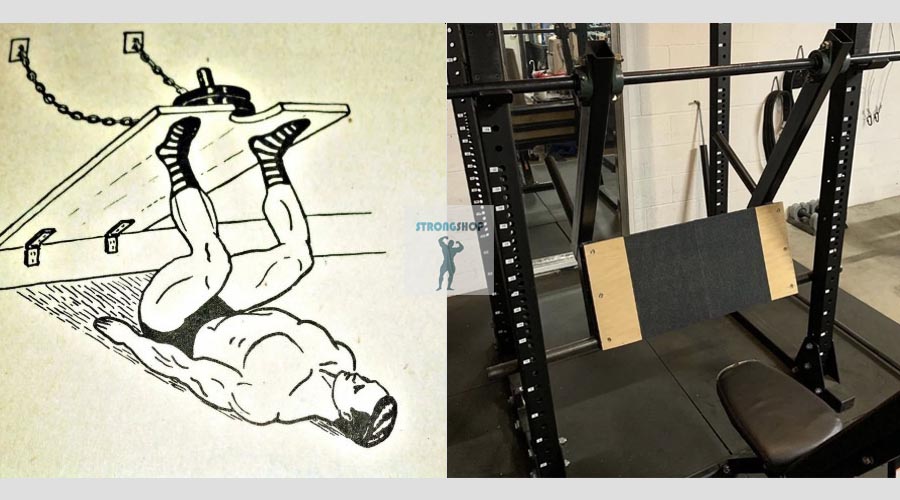A mini-test for CNS and posterior chain recovery used by powerlifters and other strength athletes before starting a new training cycle (it seems small, but it’s very indicative).
These simple checks take 3–5 minutes but very accurately show whether your body is ready to handle high loads again.
The method is universal: the examples below are given for the deadlift, but you can adapt them for squats and other compound lifts.
1️⃣ Explosiveness Test
Take 50% of your 1RM in the deadlift.
Perform 3–4 single reps with perfect technique, as if you want to “explode” the bar off the floor.
Evaluate by feel:
✅ If the bar moves fast without sticking at the start — your CNS is fresh, and you can begin the cycle.
⚠️ If the lift feels “heavy” even at this weight or the start is “sluggish” — the CNS is still not fully recovered. In this case, do a couple of light training sessions before starting heavy work.
2️⃣ Mobility & Posterior Chain Test
Perform a light Romanian Deadlift with an empty bar or 60 kg for 10 reps.
If:
your back doesn’t feel “glassy”,
there are no “waves” along the back of your thigh,
you feel a light stretch without burning — everything is fine; recovery is present.
If you immediately feel tightness, crunching, or pain in the hamstring, postpone the cycle start for 3–4 days and do 1 light session of mobility and hyperextensions.
3️⃣ Morning Heart Rate & “Readiness” Test
Measure your pulse in the morning (before coffee): if it is within your normal range — you’re good.
If it’s elevated by 10+ bpm — the CNS is still “excited” from previous loads; more rest is needed.
💡 Summary:
If Test #1 passes (the bar flies), Test #2 shows no tightness, and your heart rate is normal → you can safely start a new strength cycle.
If you have doubts in at least two points — it’s better to do a deload week. This is not a waste of time: a properly started cycle will give more strength gains than trying to “force” your way into training with fatigued systems.
FAQ: CNS and Posterior Chain Recovery Test
1. Do I need to take the recovery test before every cycle?
Yes, especially before heavy strength cycles. It takes just a few minutes but helps prevent failed sessions and injuries.
2. Can this test be used for squats and bench press?
Yes. The principle is the same: speed, mobility, overall tone. For squats, you can test the speed of the start with 50% of your working weight and perform a light good morning/hyperextension to assess the posterior chain.
3. If one test “fails” but the other two are normal — can I start the cycle?
Yes, in most cases. It’s problematic only if two out of three tests fail. Then you should take 3–4 days of deload.
4. What if the speed at 50% is low but I feel good overall?
This indicates CNS fatigue rather than muscle fatigue. It’s better to postpone heavy training and do a light technique and mobility session.
5. Can I replace the morning heart rate test with subjective well-being?
You can, but it’s less accurate. HR is a more objective indicator of nervous system recovery.
6. How often should morning heart rate be measured?
Ideally — daily for 1–2 weeks to learn your “normal range.” After that, 2–3 times per week is enough.
7. If the posterior chain is “tight,” but 50% deadlift speed is normal — can I train?
Preferably not. A tight posterior chain dramatically increases the risk of hamstring or lower back injury.
8. How long does full recovery after a heavy deadlift session take?
For most athletes — 48–72 hours. After very heavy sessions or cycles like Coan–Philippi — up to 5–7 days.





